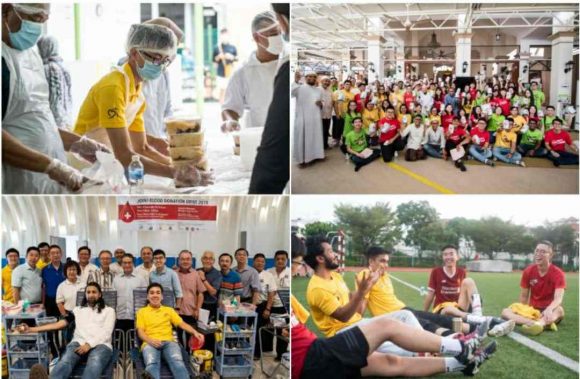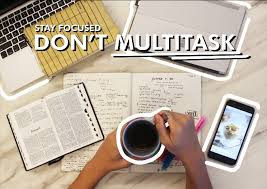I must admit to being anxious about guest preaching at Shekinah Assembly of God. I had been resting for six months, staying away from ministry. In May I have to preach three times, two as a guest preacher, one in my home church. Will I be able to preach well or will I be rusty? […]
My heart was warmed to read a lovely story of how young people from a church and a mosque have gone beyond stiff and awkward formal dialogues across tables to forge budding friendships and create platforms for interactions amongst people of two different faiths: Christianity and Islam. A CHURCH AND A MOSQUE A church and […]
Let us face it: online worship is here to stay – for the next two years, at least. Unlike on-site worship, that has established norms that developed over many generations of church culture, online worship has none. NORMS IN ON-SITE AND ONLINE WORSHIP On-site worship service norms are clear and established. Not so with online […]


